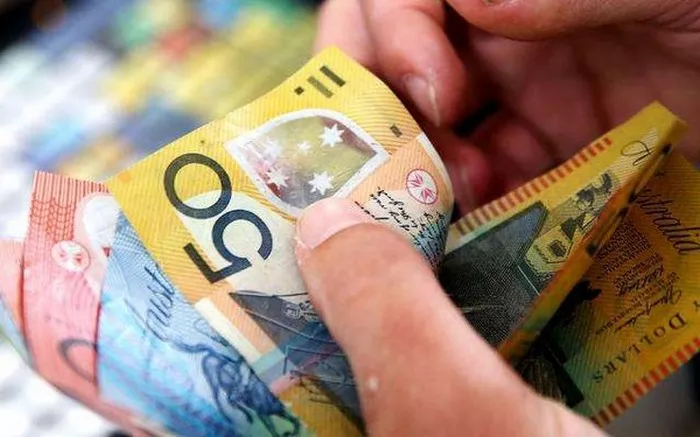The AUD/USD currency pair came under heavy selling pressure on Tuesday and extended its sharp intraday losses during the first half of the European session. The momentum dragged spot prices down to around 0.6370, back near the year’s lows hit in August.
The Australian dollar began to weaken after a private survey showed business activity in China’s services sector expanded at its slowest pace in eight months. In fact, the Caixin/S&P Global Services Purchasing Managers’ Index (Caixin/S&P Global Services PMI) fell from 54.1 to 51.8 in August, hitting the lowest value since December 2022, once again triggering concerns about the world’s second largest economy. Worries about worsening conditions in large economies. This, in turn, dampened investor appetite for risk assets and, combined with the Reserve Bank of Australia’s (RBA) decision to put it on hold, prompted an aggressive sell-off in AUD/USD.
As widely expected, the Reserve Bank of Australia decided to stick to its wait-and-see stance and kept the official cash rate (OCR) unchanged at 4.10% for the third consecutive month. In an accompanying monetary policy statement, the RBA reiterated that further tightening of monetary policy may still be needed to tame inflation, which remains on track to reach its target range of 2-3% by mid-2025. This pause, coupled with the lack of fresh hawkish signals, fueled speculation that the policy tightening cycle may be over, had little impact on bullish traders and brought no support to the AUD/USD pair.
Tuesday’s sharp decline in AUD/USD may further be attributed to a pick-up in demand for the US dollar (USD), amid growing acceptance that the Federal Reserve (Fed) will keep interest rates higher for longer. Despite signs that U.S. labor market conditions are slowing, markets still believe the Federal Reserve may raise interest rates by 25 basis points before the end of the year. This in turn sparked a fresh rise in US Treasury yields and pushed the greenback to more than three-month highs, further adding to the aggressive sell-off in the AUD/USD pair.
In addition to the fundamental factors mentioned above, AUD/USD’s continued breakout of the uptrend line extending from the yearly lows has also added to the bearish pressure. Additionally, a break below the 0.6400 round-figure mark could be seen as a new trigger for bearish traders, suggesting that the direction of least resistance for AUD/USD is to the downside. Nonetheless, an extremely oversold relative strength index (RSI) on the hourly chart makes it better for traders to wait for some intraday consolidation before starting to position for any further depreciating moves.


